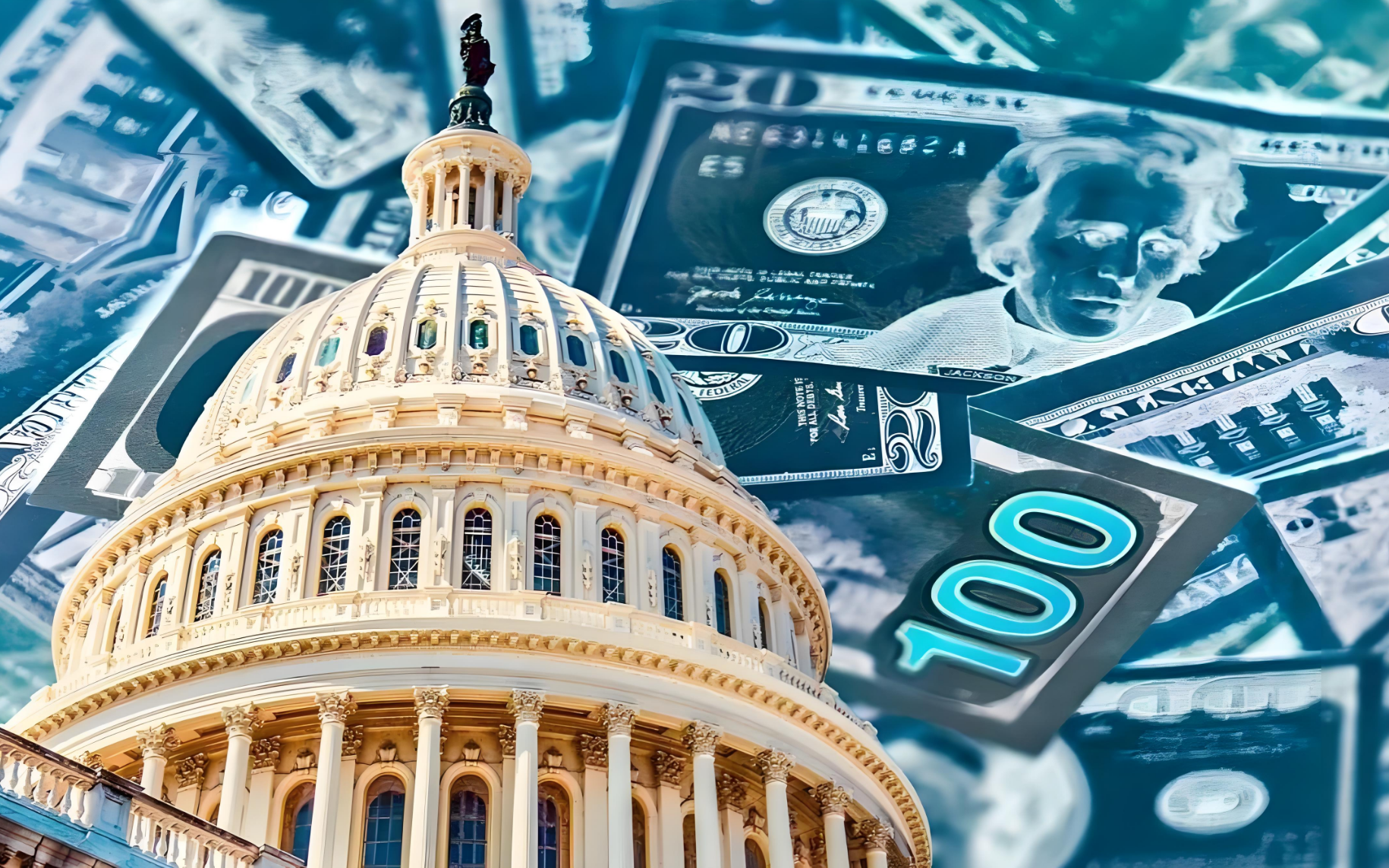Federal Reserve President Jerome Powell delivered his biggest speech of the year on Friday in Jackson Hole.
• It gave the strongest indication so far that interest rate cuts will be coming in September.
• However, he said the labour market is still flowing after a disappointing July job report.
Federal Reserve President Jerome Powell confirmed that an interest rate cut would come in September.
On Friday he took the stage at the Jackson Hole Economic Symposium in Wyoming, an annual meeting of central bankers from around the world, for his biggest speech of the year. He offered details of the Fed’s thinking ahead of the Federal Open Market Committee in September, with all eyes on the first interest rate cut since the start of the pandemic.
While Powell stressed the importance of moving slowly and ensuring the economy is on track towards the Fed’s 2% inflation target, his speech to Jackson Hole demonstrated his confidence that the Fed’s restrictive monetary policy had worked and suggested that the long-awaited pivot towards lower interest rates was coming soon.

“The time has come to adjust the policy,” he said. “The direction of the journey is clear and the timing and pace of the cuts will depend on incoming data, evolving prospects and risk balance.”
It is almost certain that the Fed will cut rates in September. CME FedWatch, a tool that estimates interest rate changes based on market probabilities, showed on Friday morning a 71.5% chance that the Fed will cut rates by 25 basis points and a 28.5% chance of a 50 basis point cut.
So the big question remains as to how – not if – the Fed will cut rates, and the next employment report is likely to shed light on that. The July employment report is surprisingly weak, with unemployment rising to 4.3%. In addition, data from this week’s Bureau of Labor Statistics showed lower employment growth than previously reported in the last year, with a downward revision of over 800,000 jobs.
Powell highlighted the slowdown in the labour market in his speech. “Today, the labor market has cooled considerably from its previously overheated state,” he said. “The unemployment rate started to rise over a year ago and is now at 4.3% – still low by historical standards, but almost one percentage point above its level in early 2023.”
This means that the Fed will closely follow the next employment report on September 6 to help determine how far to go on rate cuts next month and the rest of the year.
“Overall, the economy continues to grow at a solid pace,” Powell said. “But inflation and labour market data show a changing situation: upside risks to inflation have decreased and downside risks to employment have increased. As we pointed out in our last FOMC statement, we are aware of the risks for both sides of our dual mandate.”
Powell faced pressure from some democratic economists and legislators to cut rates by more than 25 basis points in September given the precarious labour market. However, Powell and Fed officials expressed the importance of looking beyond a single data point. Austan Goolsbee, president of the Chicago Fed, previously told Business Insider that “the data is noisy, so you want to look at a longer view.
“Our policy doesn’t act instantly, so we need to think about where we’re going to be to complete what I call the golden path, which is to bring inflation from these epic heights to something like our goal without having a severe recession,” he said.
Read the original article on Business Insider